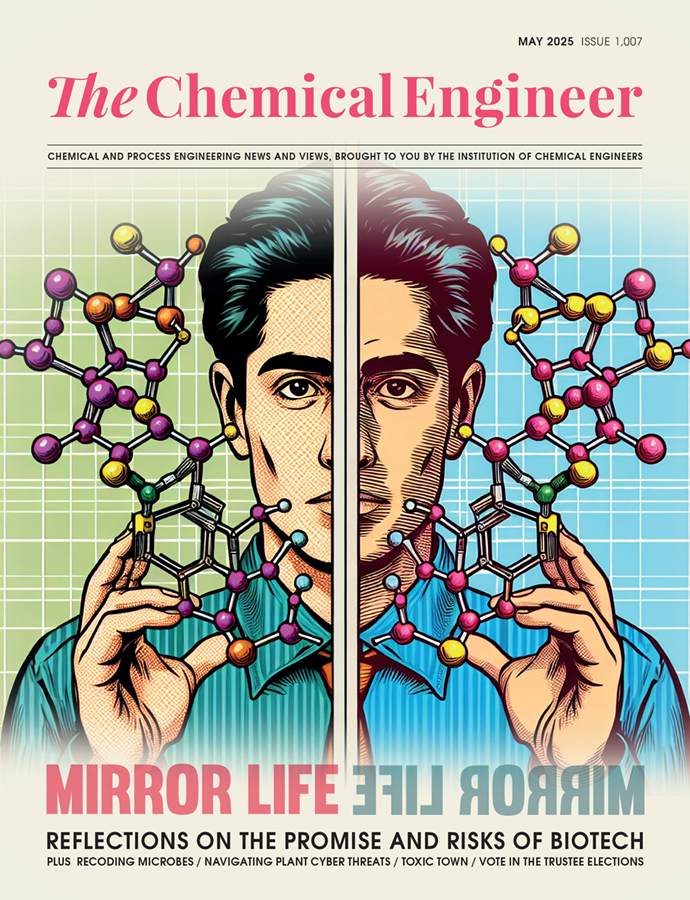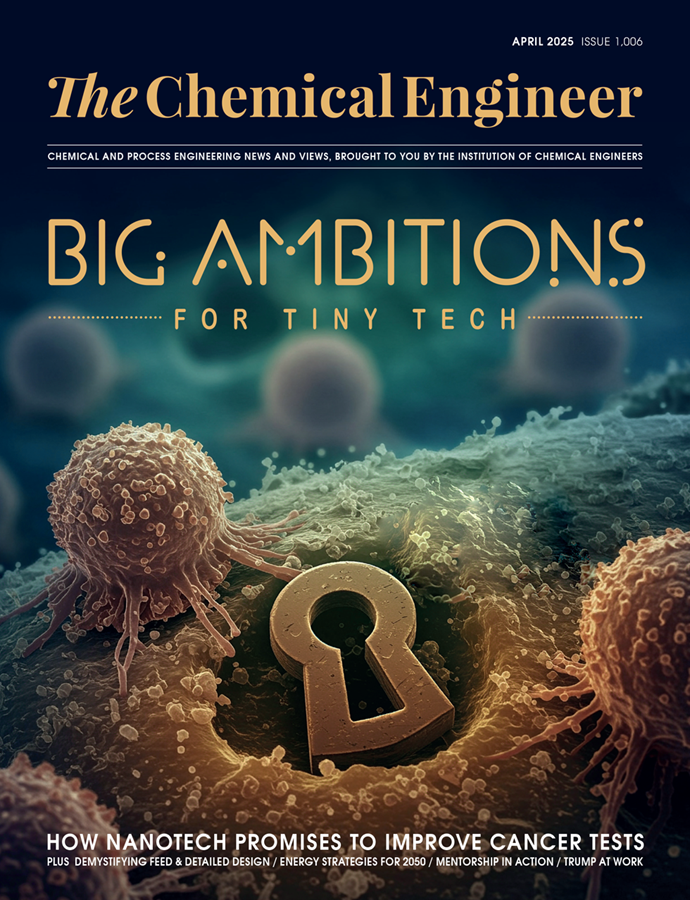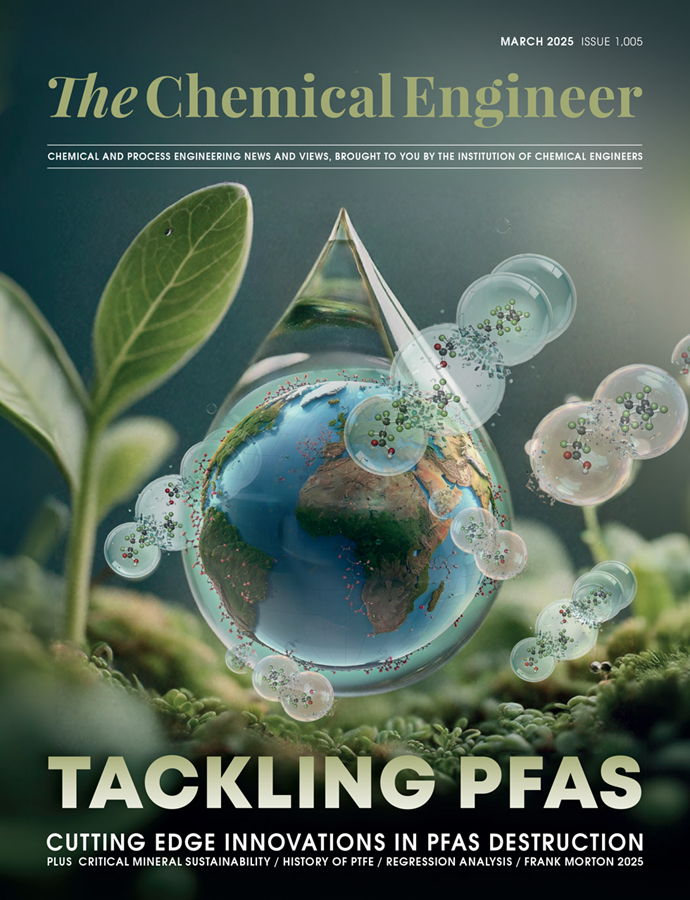Phosphate Rocks Chapter 9: Impurities

I cannot overemphasise the importance of phosphorus not only to agriculture and soil conservation but also to the physical health and economic security of the people of the Nation. Many of our soil types are deficient in phosphorus, thus causing low yields and poor quality of crops and pastures21. President Franklin D. Roosevelt, 1938.
Throughout the nineteenth century, the source of phosphate for fertiliser, along with nitrogen and potassium, was bird poo: guano. Millions of bird droppings found their way to Scottish farms.
International trade is not without risks. There is evidence that Phytophthora infestans, a virulent strain of potato blight, travelled with guano and seed potatoes from the Americas to Europe, initiating the Great Hunger. The potato famine caused death and deprivation in the Highlands and Islands, accelerating depopulation and emigration.
Ireland was hit hardest. A million Irish men, women and children starved to death between 1845 and 1852 and a million more emigrated, but still the guano trade accelerated, and demand began to outstrip supply.
As avian sources ran out, men turned to crustaceans for help.
The coast of North and West Africa once thronged with flagellating trilobites, ancient underwater cockroaches. Over time, the shallow seas receded, leaving an arachnomorph arthropod graveyard rich in phosphates. This sediment was mined and sold, but unlike bird poo, the phosphates in trilobite exoskeletons are bound in a lattice of insoluble chitin22. Spreading this directly on the fields, as had been done with guano, was a waste of the rich potential. The key ingredients needed to be digested, turned from an insoluble to a soluble form to release the phosphorus.
There are advantages to chemical processing: by exposing materials to high temperatures and strong acids, you destroy the moulds, bacteria and viruses that can be present in natural materials. Phytophthora infestans would not survive, but there are other impurities to contend with.
Inorganic impurities include traces of toxic heavy metals like cadmium, lead and arsenic or radioactive elements uranium and thorium, and organic impurities, such as mercaptans.
The name mercaptan comes from mercury capture, something they are very good at. Also called thiols, another portmanteau word23, mercaptans are remarkable for their odours.
Some odours are pleasant. The aroma of roasting coffee comes from Furfuryl mercaptan24 and grapefruit mercaptan25 gives the citrus fruit its distinctive scent.
Others are disgusting.
Recent Editions
Catch up on the latest news, views and jobs from The Chemical Engineer. Below are the four latest issues. View a wider selection of the archive from within the Magazine section of this site.




